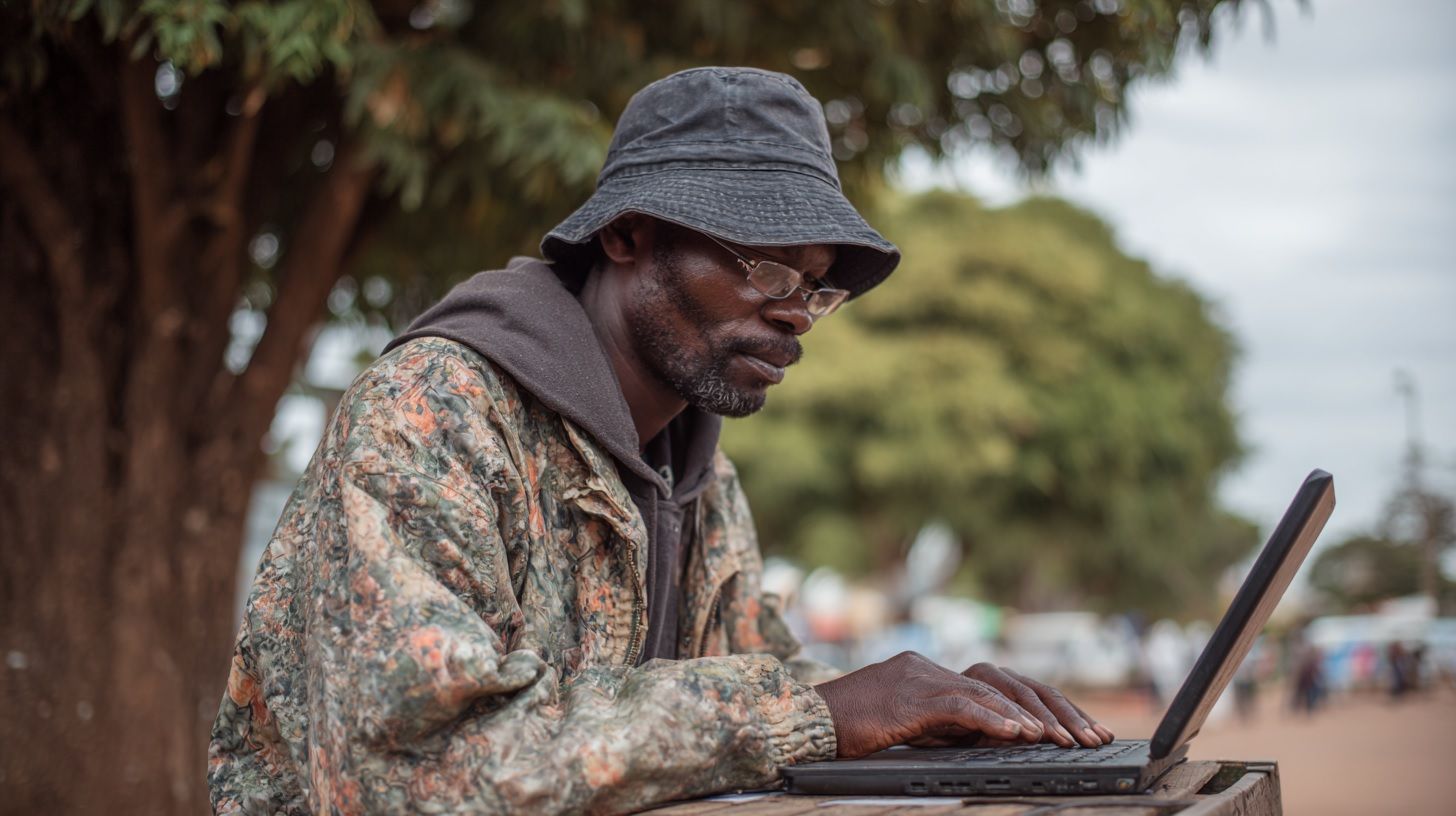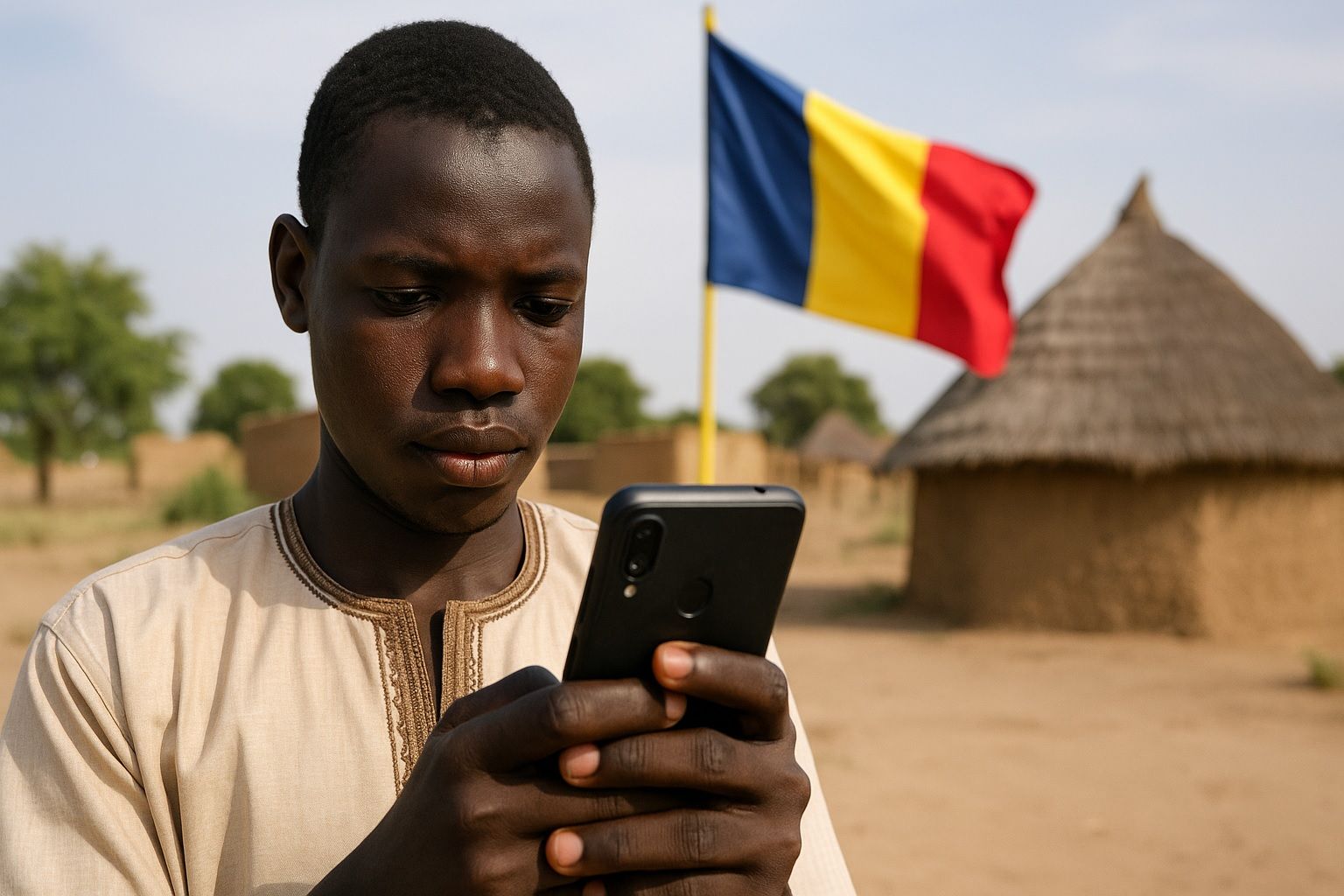
Guyana’s Internet Boom: From Slow Starts to a Surging 2025 Connectivity Revolution
Overview of Internet Infrastructure in Guyana Guyana’s internet infrastructure has evolved from rudimentary beginnings into a more robust, modern network. The country – sparsely populated and covered in rainforest outside its coastal strip – long relied on a limited telecommunications









